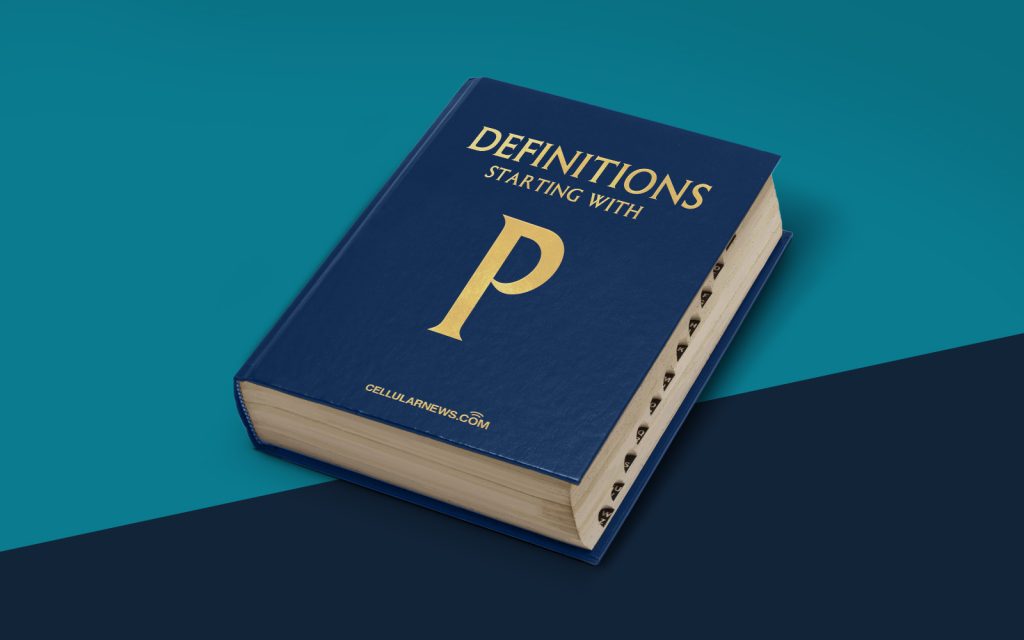
Understanding Polymorphism in C Sharp
Welcome to another post in our “DEFINITIONS” category, where we dive into the core concepts of programming. Today, we’re going to explore the fascinating concept of polymorphism in C Sharp. If you’re new to C Sharp or programming in general, don’t worry! We’ll break it down step by step and make it easy for you to understand.
Key Takeaways:
- Polymorphism is a fundamental concept in object-oriented programming (OOP).
- In C Sharp, polymorphism allows objects of different types to be treated as the same type, simplifying code and promoting flexibility.
Now, let’s dive into the exciting world of polymorphism in C Sharp!
What is Polymorphism?
At its core, polymorphism is the ability of an object to take on many forms. In programming, polymorphism allows objects of different classes or types to be treated as objects of a common base class. This means that you can use objects of different types interchangeably, without the need for explicit casting or type checking.
Polymorphism is a key concept in object-oriented programming (OOP) because it promotes code reusability and flexibility. By designing classes to be polymorphic, you can write more generic code that can work with a variety of objects, reducing code duplication and increasing maintainability.
How Does Polymorphism Work in C Sharp?
In C Sharp, polymorphism is achieved through inheritance and method overriding. Let’s break down how it works:
- Base Class: You define a base class that serves as the blueprint for related classes.
- Derived Classes: You create derived classes that inherit from the base class. These derived classes can have their own unique properties and methods, but they also retain the properties and methods of the base class.
- Method Override: The derived classes can override methods defined in the base class. This means that the same method name can behave differently depending on the specific derived class it is called on.
- Polymorphic Behavior: When you create objects of the derived classes and treat them as objects of the base class, you can invoke the overridden methods. The method called will depend on the actual type of the object, promoting polymorphic behavior.
Benefits of Polymorphism in C Sharp
Now that we understand what polymorphism is and how it works in C Sharp, let’s explore some of its key benefits:
- Code Reusability: Polymorphism allows you to write generic code that can be reused with different objects, reducing the amount of duplicate code.
- Flexibility: With polymorphism, you can design your code to be more flexible and adaptable to changes. You can easily add new derived classes without needing to modify existing code.
- Readability: Polymorphism promotes code readability by simplifying complex code into more concise and manageable structures.
- Maintainability: By reducing code duplication and providing a more flexible structure, polymorphism makes your code easier to maintain and update.
So, the next time you hear the term “polymorphism” in the context of C Sharp programming, you can confidently explain that it is the art of objects taking on different forms and behaving in different ways based on their actual types. Remember, polymorphism enhances code reusability, promotes flexibility, and makes your code more readable and maintainable.
We hope this post has shed some light on the concept of polymorphism in C Sharp. Stay tuned for more informative posts in our “DEFINITIONS” category!
